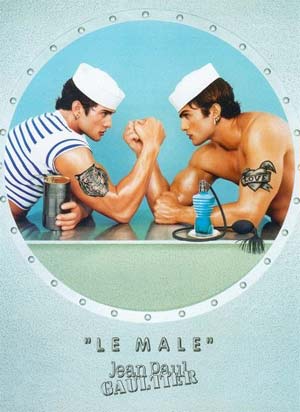"Pushing the boundaries in the effort to put the experiences of real Britons on the screen"
"Early British cinema picked up on the revelation of everyday social interaction to be found in Dickens and Thomas Hardy. In Rescued by Rover (1905)"
"In the years following World War I, it was widely felt that the key to a national cinema lay in 'realism and restraint'"
"Such a view reflected the tastes of a mainly south-eastern middle-class audience. Meanwhile, working-class audiences, it was said, favoured Hollywood genre movies."
"Realism carried patrician connotations of education and high seriousness."
"These social and aesthetic distinctions have become running themes in a cinema for which social realism is now associated with the arthouse auteur, while 'entertainment' plays at the multiplex."
"These social and aesthetic distinctions have become running themes in a cinema for which social realism is now associated with the arthouse auteur, while 'entertainment' plays at the multiplex"
"Combining the objective temper and aesthetics of the documentary movement with the stars and resources of studio filmmaking, 1940s British cinema made a stirring appeal to a mass audience."
------------------------------------------------------------------------------------------------------------
Historian Roger Manvell wrote: "As the cinemas [closed initially because of the fear of air raids] reopened, the public flooded in, searching for relief from hard work, companionship, release from tension, emotional indulgence and, where they could find them, some reaffirmation of the values of humanity."
-------------------------------------------------------------------------------------------------------------
The 'quality film' mirrored a transforming wartime society. Women now worked in munitions factories and the services, mixing with men and challenging pre-assigned gender roles.
Rationing, air raids and unprecedented state intervention in the life of the individual encouraged a 'one nation, one goal' philosophy
Target for Tonight (1941), In Which We Serve (1942), Millions Like Us (1943) and This Happy Breed (1944) smoothed away the tensions of a class-bound society in the depiction of factory life, the suburban street, the forces' mess
---------------------------------------------------
Ken Loach and Mike Leigh assessed the impact of the consumer society on family life, charting the erosion of the welfare state and the consensus that built it. Looking back, Loach's work seems to reflect the shift from the collectivist mood of the war years to the individualism of the postwar decades in its very form.
Loach's films went from the improvised long-take naturalism of Poor Cow and Kes (both 1969) to the 'social melodrama' of Raining Stones (1993) and Ladybird Ladybird (1994), wider social issues now explored via emotional and dramatic individual stories
The breakdown of the collective consensus in postwar Britain seems to be captured in the tragicomic exchanges of Mike Leigh's Life is Sweet (1990), Naked (1993) and Secrets and Lies (1996). In these films, Leigh examined the fractures in domestic and social life wrought by divisive Thatcherite policies in an increasingly fragmented and multicultural Britain.
http://www.screenonline.org.uk/film/id/1037898/index.html

















